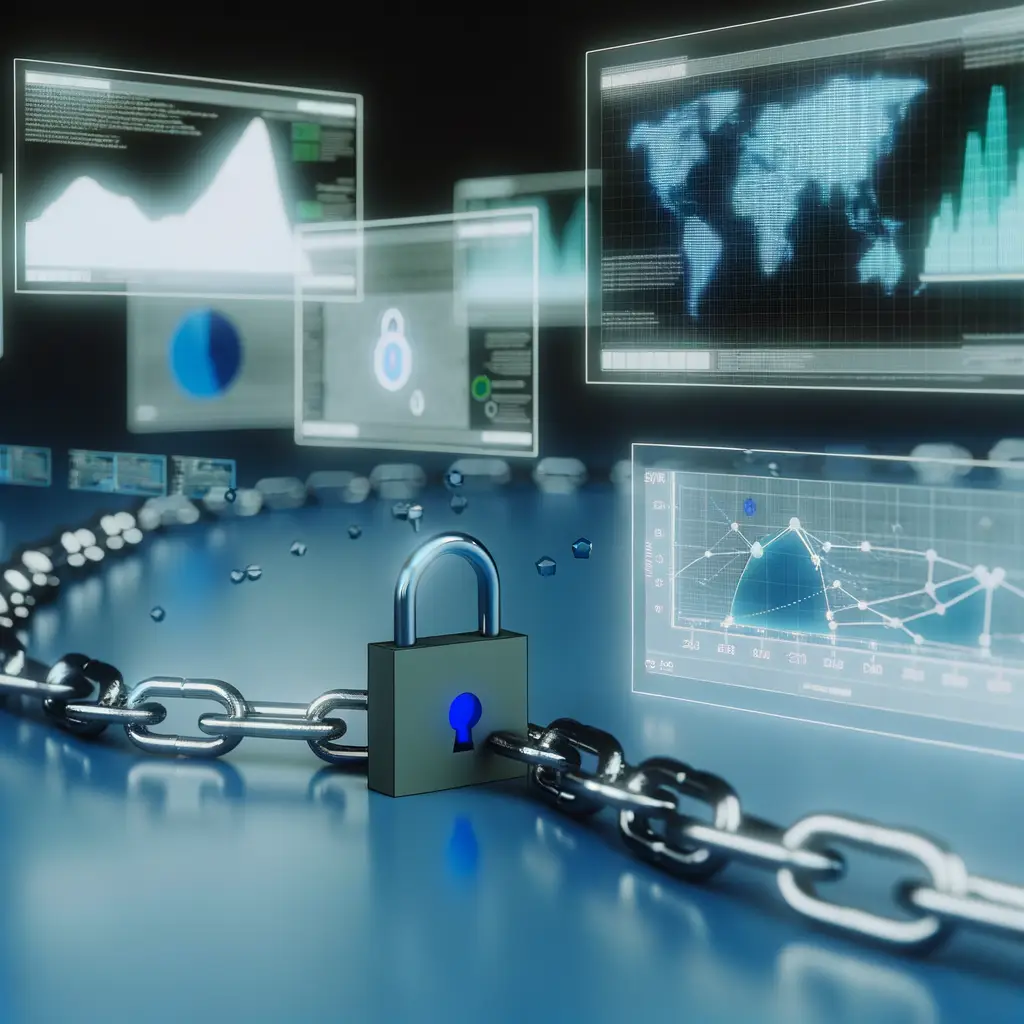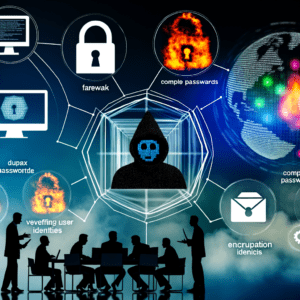Introduction: As we approach 2025, the landscape of cybersecurity threats continues to evolve. With new technological advancements come sophisticated attacks, demanding proactive measures to safeguard sensitive data. This article delves into the top cybersecurity threats anticipated in 2025 and provides actionable strategies to mitigate these risks effectively.
Emerging Threats on the Horizon
In 2025, Artificial Intelligence (AI)-driven attacks are expected to dominate the cybersecurity threat landscape. Hackers are increasingly leveraging AI to automate and orchestrate intricate attacks. By mimicking human behavior, these intelligent algorithms can adapt to security measures in real-time, making it challenging to detect and counteract threats. To combat these, organizations must invest in AI-powered defense systems capable of identifying anomalies and responding swiftly.
Ransomware evolution is another significant concern. Unlike traditional ransomware attacks, new strains are designed to breach cloud infrastructures, disrupting operations and threatening large-scale data breaches. Employing comprehensive backup strategies, along with rigorous vulnerability assessments, will be crucial in preventing unauthorized access and minimizing damage in case of an attack.
Preventative Measures for a Secure Tomorrow
To safeguard against these advanced threats, organizations need to prioritize zero-trust architecture. This model enforces strict identity verification measures, ensuring that access is granted based on verified trustworthiness. Combined with continuous monitoring, zero-trust minimizes the risk of unauthorized access.
Additionally, investing in robust employee training programs is essential. As social engineering tactics grow more sophisticated, educating staff on recognizing and deflecting phishing attempts and other malicious activities becomes a strategic defense layer. Regular updates and hands-on simulations can significantly enhance an organization’s resilience against human-centric attacks.
Conclusion: As cybersecurity threats in 2025 become more sophisticated, a proactive approach is key. Embracing AI-driven defense, implementing zero-trust architecture, and prioritizing employee education can fortify your defenses against emerging threats. By staying informed and vigilant, organizations can safeguard their data and maintain operational integrity in an increasingly digital world.




